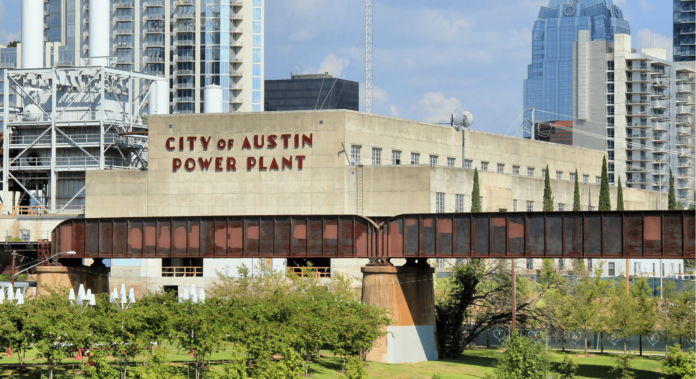AUSTIN, Texas – The 2016 Energy Thought Summit, geared toward innovative approaches to energy management and sustainability, highlighted an important aspect of the growing smart city trend.
Representatives from Austin Energy and the City of Austin showcased the local initiatives at the Seaholm eco-district. The 85-acre mixed-use redevelopment sits on Ladybird Lake in downtown Austin and is anchored by a former Austin Energy power plant that has been converted into modern office space. One of the goals is to measure and report sustainability achievements as a way to test what could become community best practices.
Specific to energy, the local utility has installed electric charging stations for electric vehicles and other electric devices, including a kiosk that is poised to be totally off-the-grid with solar panels, along with a DC fast charger.
Other sustainability projects include plans for rooftop solar, a downtown district cooling system, large-scale rainwater collection and using reclaimed water for irrigation.
Check out this tour of the Seaholm eco-district.
Another outlet for Austin’s smart city ambitions comes with the U.S. Department of Transportation’s Smart City Challenge; Austin is among the seven finalists competing for $50 million in project funding. Each of the seven finalists, culled from an initial group of 78 applicants, are set to receive $100,000 to further develop plans to integrate sensors, connected vehicles, self-driving cars and other intelligent traffic infrastructure. The winning city is set to receive $40 million in federal funding to further the development. The other finalists include Columbus, Ohio; Denver; Kansas City, Missouri; Portland, Oregon; and San Francisco.
“The level of excitement and energy the Smart City Challenge has created around the country far exceeded our expectations,” Department of Transportation Secretary Anthony Foxx said. “After an overwhelming response – 78 applications total – we chose to select seven finalists instead of five because of their outstanding potential to transform the future of urban transportation.”

